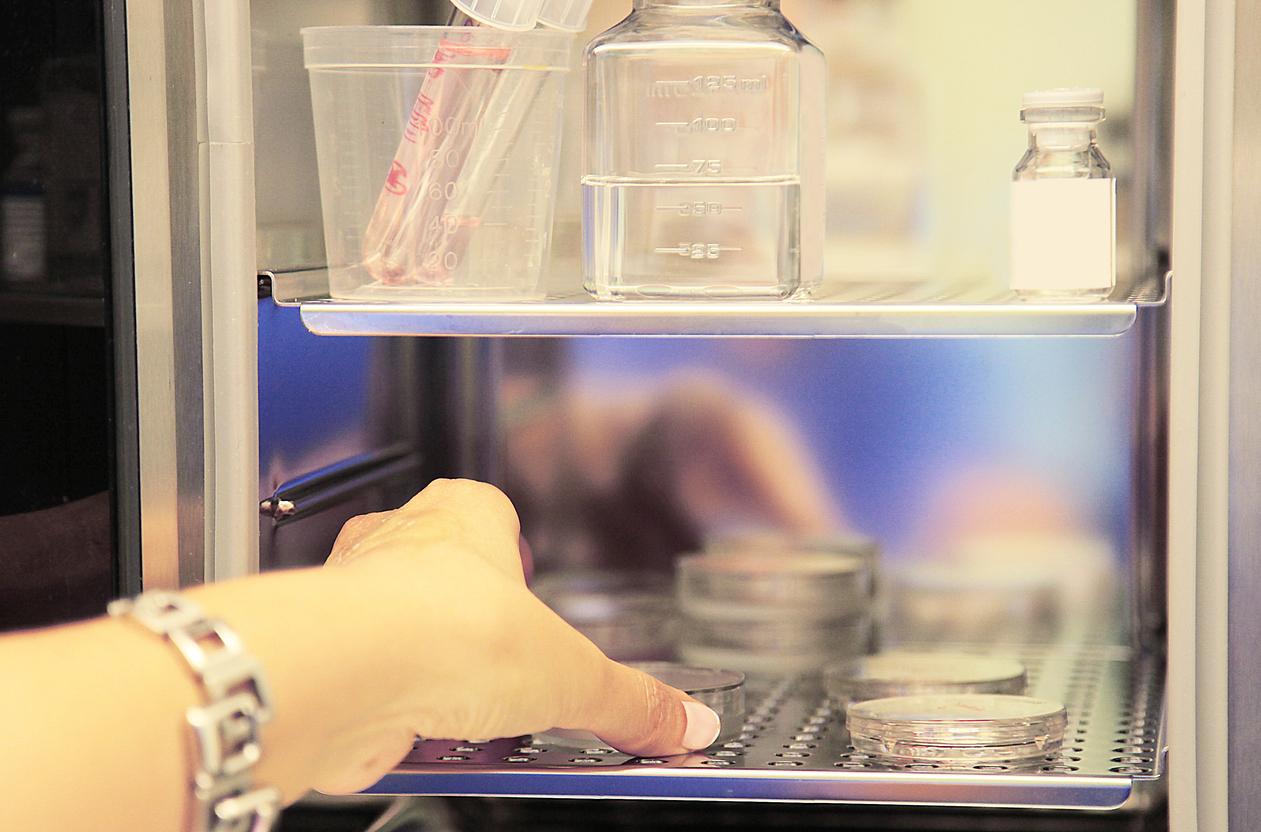It is a small revolution in the field of biology. While it is scientifically accepted that the fusion of a sperm and an egg is a necessary step in sexual reproduction, researchers have, for the first time, succeeded in obtaining viable mice without the use of oocytes ( maternal sex cells). An explanation is in order. Above all, for reproduction to take place, two types of gametes, one female and the other male, each containing one copy of each chromosome, must merge in order to create all the pairs of chromosomes necessary for the proper development of the body. ’embryo.
A high success rate for this type of maneuver
To achieve this result, biologists from the University of Bath (UK) and the University of Regensburg (Germany) used mouse embryos at a very early stage, before the first cell division. A chemical treatment was then administered so that these embryos had only one set of chromosomes and therefore only half of the genetic material, reproducing the role played by the oocyte in fertilization.
To obtain the second part of the genetic material, the researchers injected a sperm into each of these embryos, then implanted the cells thus fused into mice acting as surrogate mothers. In 24% of cases, or a quarter of all litters, live, healthy and even able to reproduce mice could be obtained. For comparison, the technique used for cloning the Dolly sheep had only a 2% success rate, in addition to a short life expectancy.
“It was thought that only an oocyte was able to activate the sperm to make possible the development of the embryo. This is the first time that we have achieved a development completed by injecting sperm into embryos,” he said. says Dr. Anthony Perry, lead author of the article, published in Nature.
PMA without eggs possible?
The researchers imagine several perspectives of applications for this discovery, in particular a way to fight infertility. Indeed, one day being able to consider doing without eggs in the reproductive process opens the way to many advances in the field of medically assisted procreation (MAP), which is still very controversial.
This breakthrough risks causing noise within the scientific community, by raising, in the coming weeks, a number of ethical questions.
“Mice are not humans” recalls Simon Fishel, managing director of the private British clinic Care Fertility. “While this is possible in theory, it will take many years to understand the risks to DNA and human health.”
Read also :
Infertility: sperm created from stem cells
Infographic: how does in vitro fertilization go?
Europeans in favor of assisted reproduction for all women
















